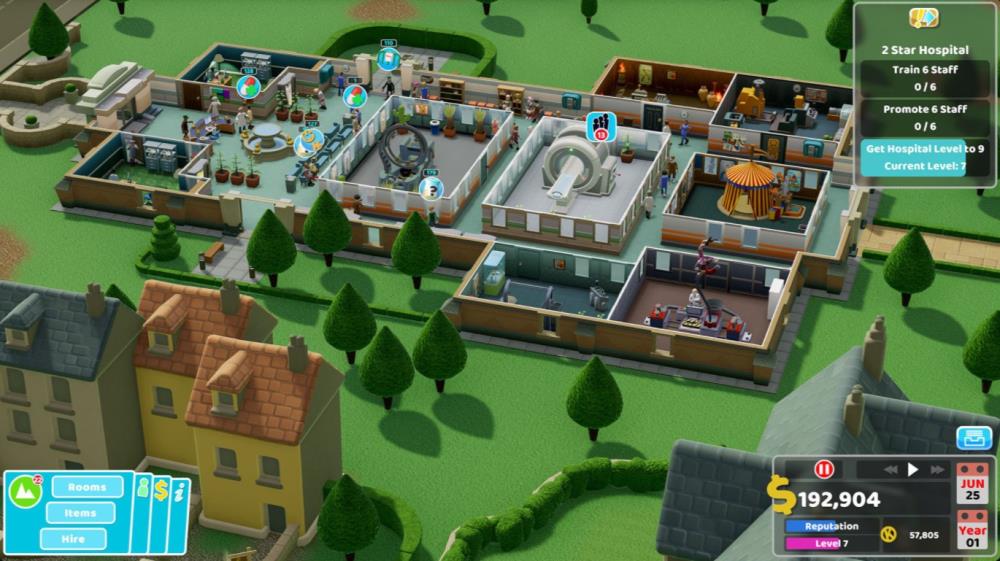
During the recently held SC09 conference in Portland, Oregon - Intel finally managed to reach its original performance goal for Larrabee. Back in 2006, when the first details about Larrabee emerged, the performance goal was "1TFLOPS@ 16 cores, 2.0 GHz clock, 150W TDP". During Justin Rattner's keynote, Intel demonstrated the performance of LRB as it stands today.
At SGEMM Performance test [4K by 4K Matrix Multiply, QCD], Intel achieved 417 GFLOPS using half the cores on the prototype card, and reached 825 GFLOPS by enabling all the cores. While looking at the numbers alone, one might think that these scores are below the level of ATI Radeon 4850 and nVidia GeForce GTX 280/GTX 285. Of course, there is a "but" coming - unlike theoretical numbers that are usually disclosed by ATI and nVidia - this was an actual SGEMM benchmark calculation used in the HPC community.

Curious what gadgets are in the new Battlefield game? Check out a look at the ones available in Battlefield Labs.

The Epic Games Store wants you to help folks get healthy with this weeks free game.

Stellar Blade is the latest PS5 launch on PC. We analyzed its graphics settings to find the right quality-performance balance for your PC.
Yawn. I will have another look when some non-HPC stats come out as I will not being doing weather sims at home. And until they set a re;ease date, I will stick with a Radeon 5850 as soon a they come available again in Dec.
Tflops is nothing to games department! It handles Crysis Maximum like a 8800 Ultra. But Geforce 300 or Nvidia Fermi will be atleast 10x faster in games when compared to Larrabee!
current gen gpus get about 120-150gb/s memory bandwidth from the dedicated memory they got.
Larabee will be sharing the memory bandwidth between a cpu & gpu, I7 with its tripple channel memory only has 25gb/s memory bandwidth now imagine sharing that with a gpu.
IMO for larrabee to be viable memory bandwidth would have to grow 5 folds just to meet the bandwidth on current gpus.
all of us know how important this bandwidth is, i dont care how powerful a gpu is, without the memory bandwidth nothing is happening.
These are pretty amazing numbers. It remains to be seen what real world application (other then scientific number crunching) will produce with this baby. Anyhow, (close to) 1TF for 16 cores is a huge achievement. PowerXCell is 160GF with 8 cores, that chip is more then twice as fast. Impressive.
Graphics benchmarks would be certainly interesting, too. But the raw performance of that chip allows a pure SW shader to outperform today's top off the line graphics cards.
Intel propaganda
GTX 285 (GT 200) has a single precision floating point of 1.1Tflop/s
GT 300 (Fermi) were looking at around 630Gflop/s Double Precision